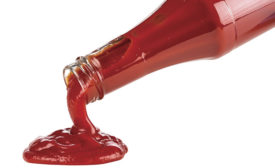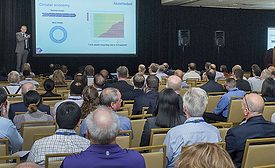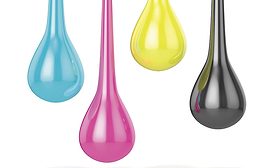Featured on Home Page
Blend Optimization of Low-VOC Benzoate Coalescents
for Increased Hardness of Waterborne Coatings
September 1, 2017
Investigating the Effect of Ink-Jet Printing on Polymer Properties
Stretched to the Breaking Point
August 1, 2017
Keep the info flowing with our eNewsletters!
Get the latest industry updates tailored your way.
JOIN TODAY!Copyright ©2025. All Rights Reserved BNP Media.
Design, CMS, Hosting & Web Development :: ePublishing











